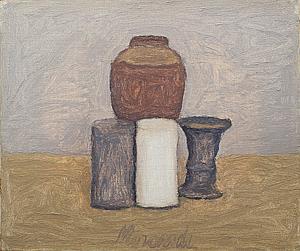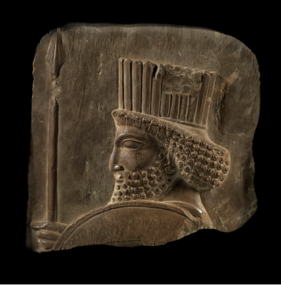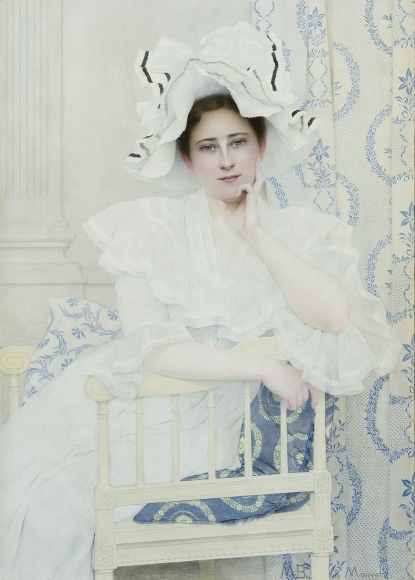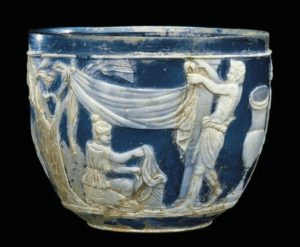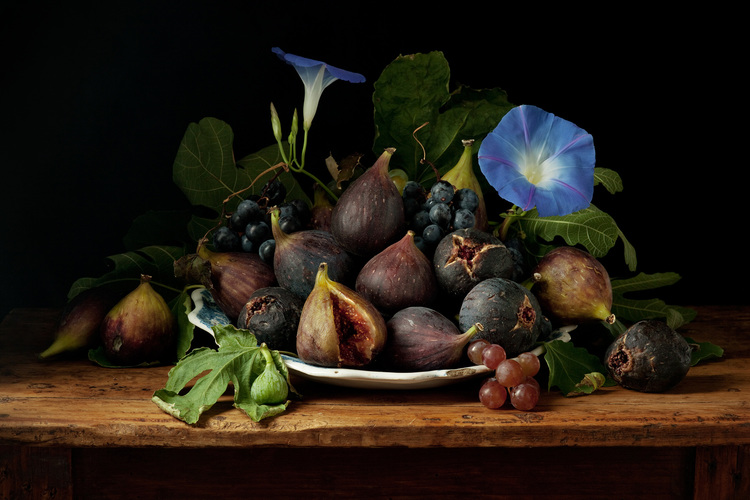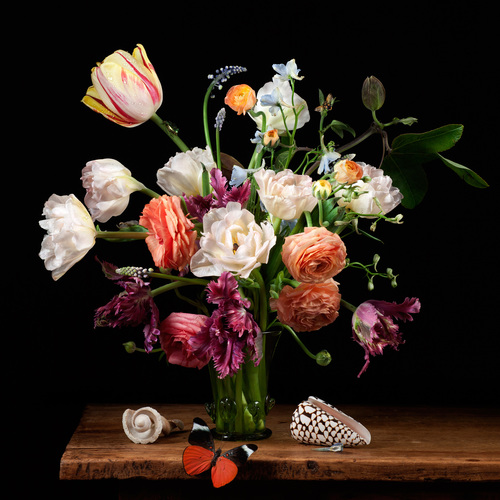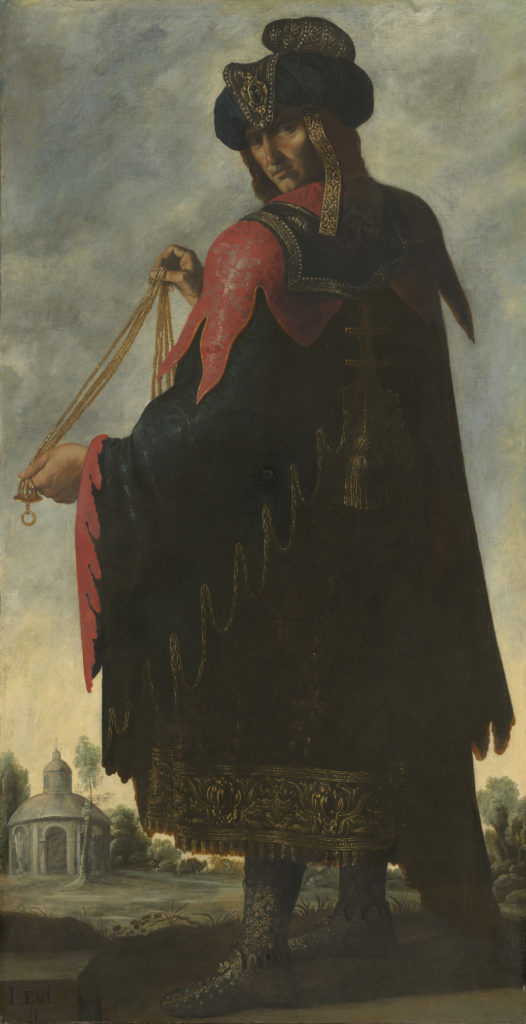Over the past year or so, I have had the pleasure of working with the Wallace Foundation on its Building Audiences for Sustainability program, which has been funding initiatives at performing arts organizations for the past few years.
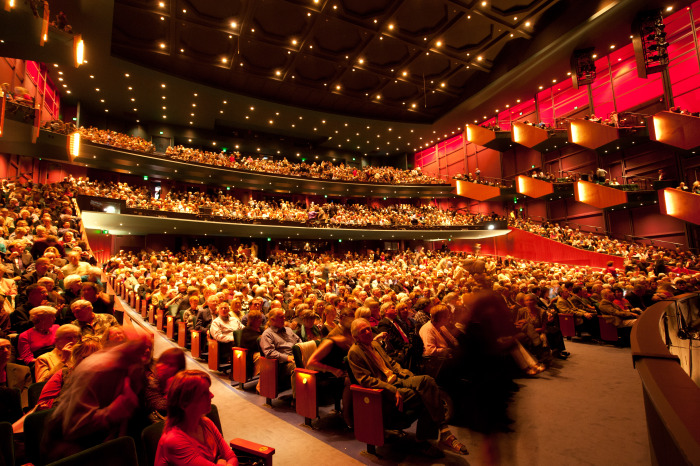 My project–a case study that was just published–involved the Seattle Symphony Orchestra, and it took me to Seattle twice this year to interview SSO officials and audience members and to view the three new concert concepts that SSO had started to appeal to the “new urban cultural consumers” in booming downtown Seattle. Like most symphonies, SSO had been experiencing declining audiences, and the new formats were more informal than its core “Masterworks” series.
My project–a case study that was just published–involved the Seattle Symphony Orchestra, and it took me to Seattle twice this year to interview SSO officials and audience members and to view the three new concert concepts that SSO had started to appeal to the “new urban cultural consumers” in booming downtown Seattle. Like most symphonies, SSO had been experiencing declining audiences, and the new formats were more informal than its core “Masterworks” series.
Wallace provided funding to conduct market research, both focus groups and surveys, and to analyze ticket sales–all of which helped SSO learn what it was doing right, and what it might do better.
Although the article was about music, there’s a lesson in it, I think, for museums. You should read the whole article to understand the dynamics in Seattle, the new offerings/initiatives SSO devised, and the nuances. But let me distill a few takeaways:
- Along with the informality and an earlier start for the most promising new initiative, called “Untuxed,” SSO added “engagement” activities–e.g., a host for the concert, the opportunity to sit on stage and to talk with musicians, etc. The market research showed that, while these add-ons were nice, they did not add to the lure of those concerts. Rather–and this is good, imho–the ticket-buyers came because of the programming, the music! Nothing else. And that’s good. They also wanted to hear music that, in advance, they knew that they would love. They were less adventurous than expected.
- This discovery led to course-corrections in what music was programmed to these concerts–and how they were programmed. SSO had been making its musical decisions partly on what was easiest—which pieces were being rehearsed at particular moments, for example. No longer.
- A few “engagement” activities were critical in maintaining audiences, but not those “add-ons.” Rather, it was those that created loyalty among members, that enhance the customer experience–an initiative called “Surprise and Delight.†For example, new members are greeted by name when they come to concerts, and some are given free drink tickets.
- The whole staff is also being trained in customer relations.

